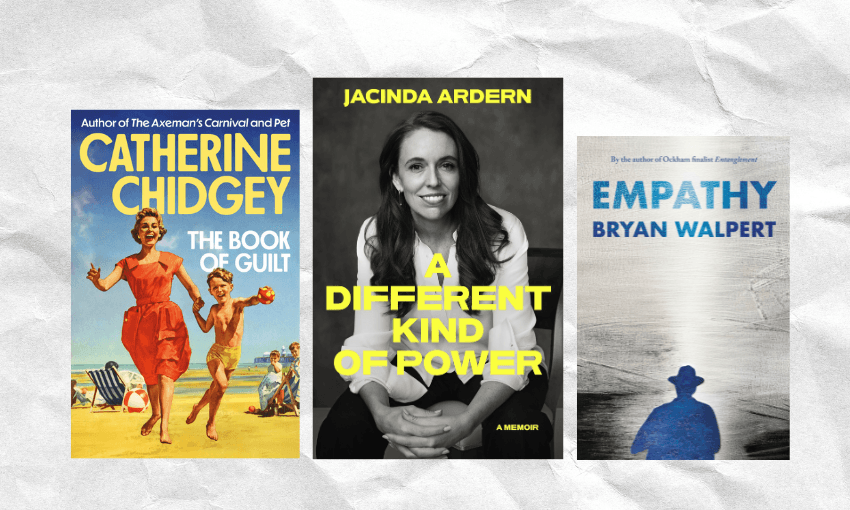Marilyn Garson, author of Jewish, Not Zionist, outlines how Aotearoa’s Jewish community can live a full Jewish life without Israel.
Israel’s advocates have tried for years to cram Jewishness into Zionism. It’s time to unpack these terms: we are Jewish, an ethno-religious group. Israel is a state. Zionism is a nationalism, and a large majority of Zionists are Christian. How large? A group of 65 Christian clergy publish as the Coalition of Ministers Supporting Israel in New Zealand. That’s nearly 11 times the number of Jewish synagogues, and 13 times the number of rabbis in the country.
Aotearoa’s media has generally told just two Jewish stories. Either we are asked to speak as pro- or anti-Zionists; or else antisemitism is used to justify exceptional licence for Israel. The licence granted by that narrative now appears to be endless.
Those two well-rehearsed scripts are equally limiting. They wrongly present broad issues of justice and racism as separate Jewish matters, centred on Israel. The first reduces Palestine and Palestinians to being the voiceless objects of Israel’s actions. The second severs anti-Jewish racism from others’ experience and from our common anti-racist mahi.
Those narratives leave no space for a fearless, outward-looking Jewish identity; one that is not centred on Israel at all. Can we not live a full Jewish life right here in Aotearoa?
Stories of a revitalised diasporic Jewishness come from New York, London, Berlin and other major northern cities. Justice-oriented Jews walk out of the Zionist-Jewish institutions that denigrate their principles. They explore their Jewish identities in new communities of values. Flourishing Jewish organisations bring ritual into public space, to wrest the symbols of Judaism back from settlers and soldiers.
That’s New York. What happens here? North of the Dunedin Jewish Congregation, what happens when a Jewish person asks, “What will I believe? Everything I have been told? Or the world in front of my eyes? If I am not Zionist, who am I?”
Until very recently, we asked that question at the expense of our communal lives. The effort of forming a Jewish identity that is politically alive and principled – and, for some of us, spiritual – was solitary work. Now we are building organisations to belong to. We have made a religious space not distorted by nationalism.
I wrote Jewish, not Zionist to tell one story of Aotearoa’s liberatory Jewish community. Far from feeling threatened by the rights of Palestinians, we regard justice as our common cause. We are tangata Tiriti, committing also to the long work of justice at home.
If not through Zionism, Aotearoa’s media presents the Jewish community through the lens of antisemitism. Repeatedly, reports of protest are diverted by claims of antisemitism. The focus of protest is obscured by personal accusations. It is an act of political misdirection to confuse principled protest with racial hatred. It implies that there is no other motive for upholding the rights of Palestinians.
Furthermore, when the media fails to present the Jewish community more fully, they reduce Jewish identity to victimhood. That is a distortion. We – Jewish New Zealanders – are not Aotearoa’s victims. Here, now, we are not underserved, over-imprisoned, or denied education. We do not tend to be food-insecure and few of us lack shelter. Many of us lead privileged lives. And we are not the people whose whānau are experiencing what the UN’s highest court has called “plausible genocide”.
We are not victims but we are targets of antisemitism. Distinct from its political use, real anti-Jewish hatred is alive and well. From the far right and malevolent disinformation networks, hardcore antisemitic voices are vigorously seeking to capitalise on widespread anger at Israel. They want to spread the lie that Jewishness is the cause of genocide in Gaza and injustice in Aotearoa – not nationalism or colonialism or imperial power-seeking, but Jews.
Overwhelmingly, these networks are also Islamophobic: Jews and Muslims are in this together. Aotearoa’s anti-Zionist Jews work alongside our natural antiracist allies to uphold the rights of Palestinians, Muslims, tangata whenua and Jews. Human and political rights are everyone’s rights, or they are nothing.
Even as we struggle with our outrage at Israel’s slaughter of civilians and the betrayals of law and politics, we reject the excuse of racism. We see exploitative structures of power and economy, not ethnicity. We protest against the crimes of genocide, apartheid, collective punishment and starvation – not against Jews, Jewishness or Judaism. Not against Palestinians, Arabs, Muslims or those who are assumed to be Muslim.
At this moment, being Jewish in public can feel like standing on a very narrow bridge. As Rebbe Nachman of Bratslav wrote, when you stand on a very narrow bridge, the most important thing is not to be afraid. In that spirit, I have written one story to invite the whole anthology of our liberatory, spiritually and politically alive Aotearoa Jewishness.
Please tear up the old scripts and make some space.
Jewish, not Zionist by Marilyn Garson ($30, Left of the Equator Press) will be launched at Unity Books Wellington on October 22 and at Trades Hall, Auckland on October 27.



